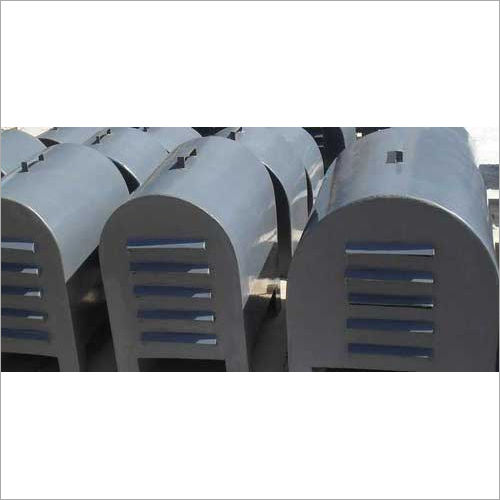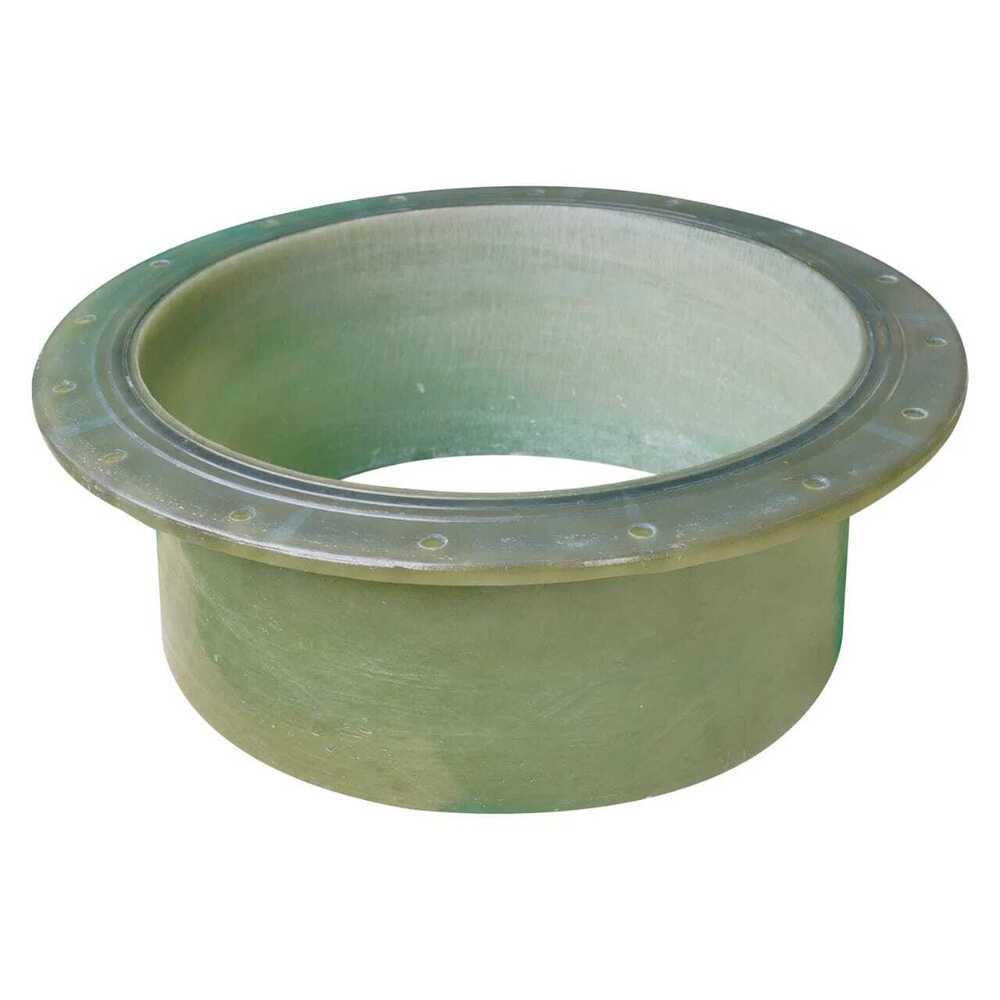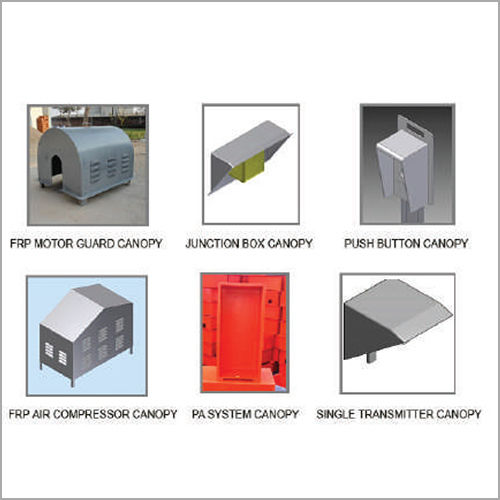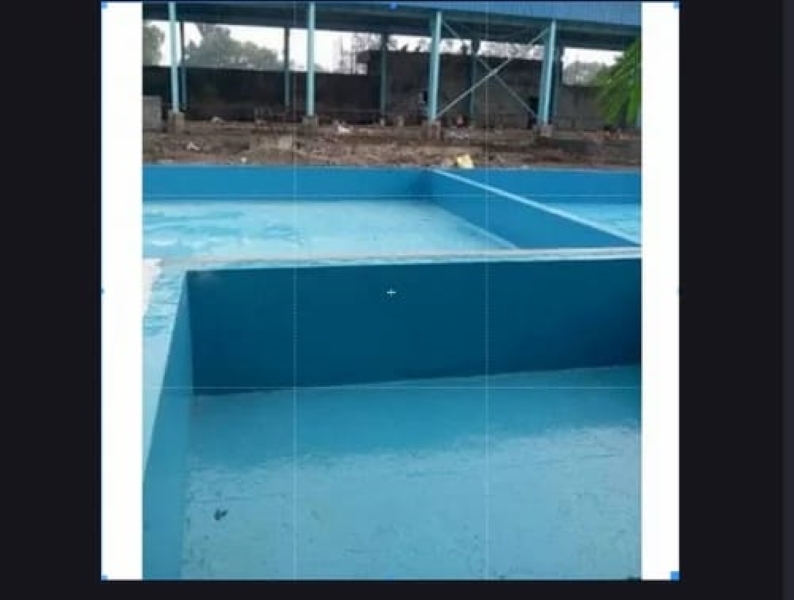Non Metallic Internals
Price 500 INR/ Piece
Non Metallic Internals Specification
- Thickness
- As Per Requirements Millimeter (mm)
- Product Type
- Scrubber Systems, Reactors and Tanks, Separation Columns
- Height
- As Per Requirements Foot (ft)
- Color
- as per requirements
- Coating Type
- FRP, GRP
- Length
- As Per Requirements Foot (ft)
- Usage
- Scrubber Systems, Reactors and Tanks, Separation Columns
- Size
- As Per Requirements
- Width
- As Per Requirements Foot (ft)
- Shape
- As Per Requirements
- Material
- FRP, GRP
- Application
- Scrubber Systems, Reactors and Tanks, Separation Columns
- Surface Treatment
- yes
- Dimension (L*W*H)
- As Per Requirements Millimeter (mm)
Non Metallic Internals Trade Information
- Minimum Order Quantity
- 5 Pieces
- Main Export Market(s)
- Asia
- Main Domestic Market
- All India
About Non Metallic Internals
Non-metallic internalsrefer to components used inside various process equipment (like reactors, scrubbers, tanks, and columns) made from materials other than metals, typicallyFRP (Fiberglass Reinforced Plastic),thermoplastic materials(e.g.,PVC,PP,PVDF, orPTFE), orcomposite materials. These materials are used in place of traditional metallic internals (such as steel or aluminum) due to their superiorcorrosion resistance,lightweightnature, anddurabilityin harsh chemical environments.
Key Benefits:Corrosion Resistance :Non-metallic internals provide exceptional resistance to aggressive chemicals, acids, and solvents, making them ideal for industries like chemical processing, water treatment, and pharmaceuticals.
Reduced Maintenance:Non-metallic materials do not corrode, rust, or degrade easily, reducing the need for frequent maintenance and downtime.
Cost-Effective:These materials are often more affordable than metals in the long run due to their low maintenance requirements and longer service life.
Lightweight :Non-metallic internals are much lighter than their metallic counterparts, making them easier to handle and install.
Applications:
-
Scrubber Systems :For effective gas and particulate removal in industrial processes.
-
Reactors and Tanks :To handle corrosive chemicals in industries like chemical manufacturing or oil refining.
-
Separation Columns :Used in processes like distillation, absorption, or filtration.
Non-metallic internals are especially beneficial in aggressive chemical environments where traditional metals would fail due to corrosion or chemical exposure.
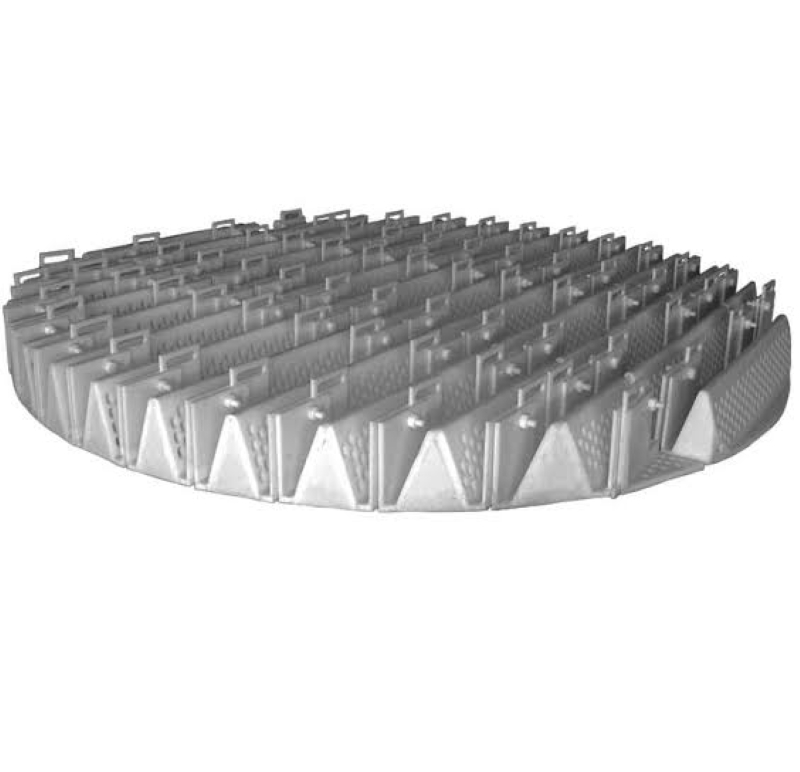
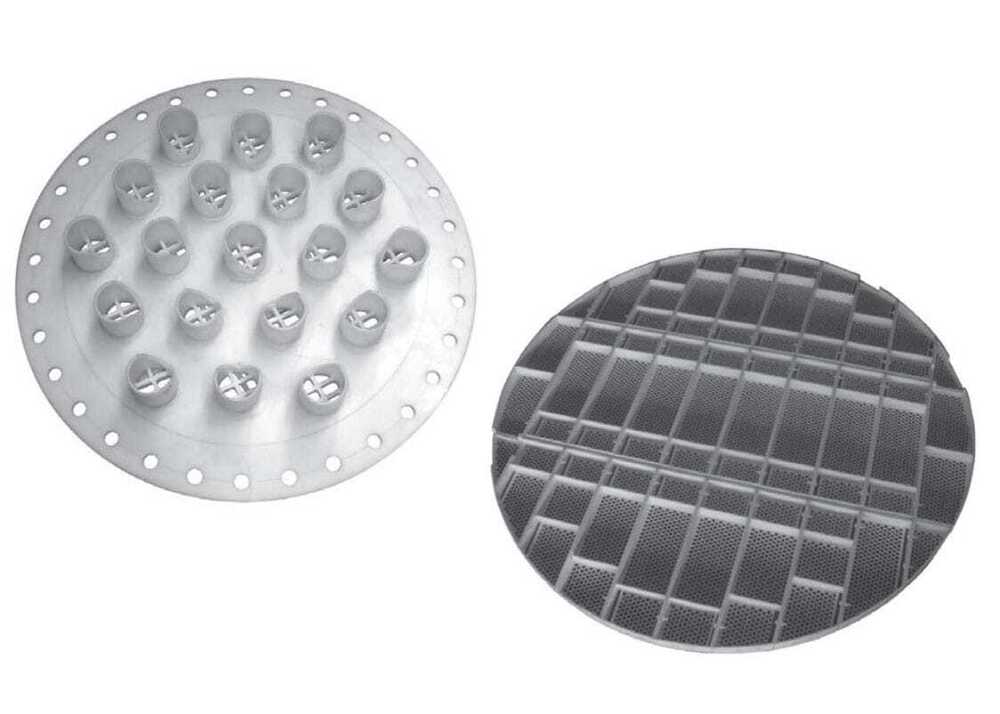
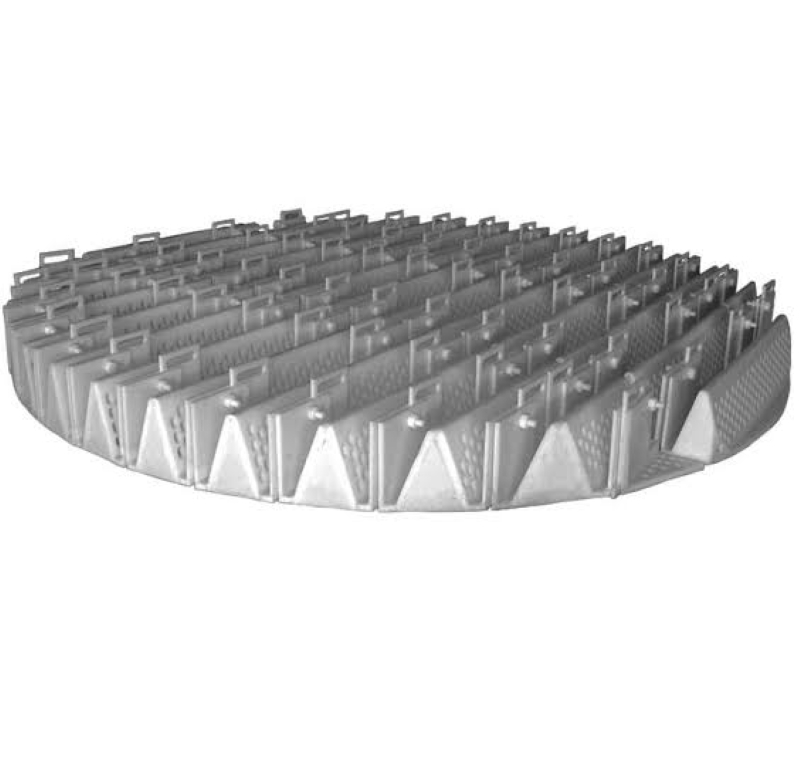

Price:
- 50
- 100
- 200
- 250
- 500
- 1000+
More Products in FRP General Moulding Category
Frp Canopy
Price 100.00 INR / Piece
Minimum Order Quantity : 1000 Square Foots
Application : Outdoor covering and protection
Material : FRP (Fiber Reinforced Plastic)
FRP Stub End
Price 350.00 INR / Piece
Minimum Order Quantity : 10 Pieces
Application : Industrial
Product Type : FRP PIPES AND FITTNG
Material : FRP
Color : AS PER REQUIRED
FRP Canopy
Price 100 INR / Unit
Minimum Order Quantity : 10 Square Foots
Application : Industrial
Product Type : FRP Canopy
Material : FRP
Color : Grey
Tank Lining Services
Price 50 INR / Foot
Minimum Order Quantity : 1 Foot
Product Type : Tank Lining Services
Color : blue

 Send Inquiry
Send Inquiry Send Inquiry
Send Inquiry
